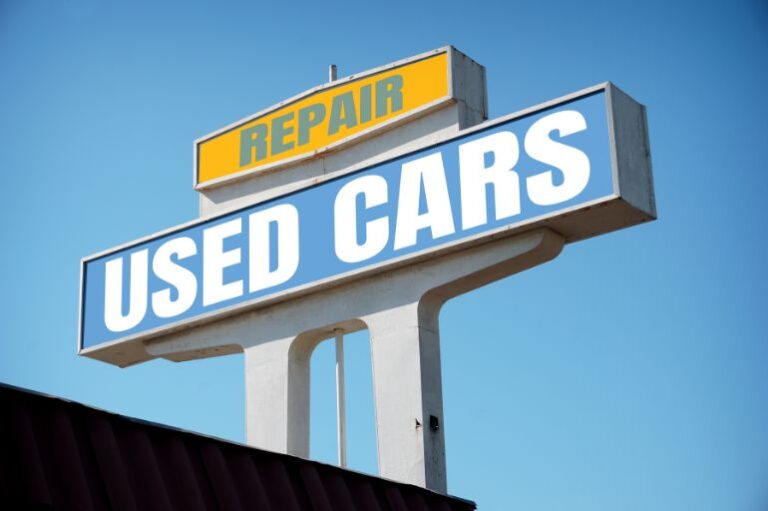The Australian automotive market is set for significant shifts in 2025, with trends shaping both new and used car sectors. While the new car market is expected to contract slightly, used car values could see downward pressure as supply conditions improve. According to Cox Automotive Australia and other industry insights, buyers and businesses should prepare for a changing landscape driven by economic, legislative, and technological factors. Here’s what to expect in the year ahead.
New Car Market: A Buyer’s Market Emerges
After a record-breaking 2024, new car sales are forecast to drop by 4.5% in 2025, settling at around 1.18 million units. The downturn is primarily due to cooling private demand, increased vehicle supply, and broader economic pressures.
Key Trends in New Car Sales
- Oversupply and Discounting: Unlike the supply constraints seen in previous years, manufacturers now have excess inventory. This is expected to lead to increased discounting, incentives, and lower finance interest rates, making 2025 a buyer’s market.
- Rise of Chinese Automakers: Chinese brands like BYD, MG, GWM, LDV, and Chery already hold 12% market share, and this is forecast to reach 20%. New entrants such as Geely and Leapmotor will further intensify competition.
- Electrified Vehicles Surging: The market share of electric, hybrid, and plug-in hybrid vehicles is expected to hit 30%, up from 24% in 2024. While Toyota remains dominant in hybrid sales, new players like BYD and Tesla will continue to drive EV growth.
- Legislative Changes Affecting Demand: The end of Fringe Benefits Tax (FBT) exemptions for PHEVs in April 2025 could reduce demand for these vehicles. Meanwhile, the New Vehicle Efficiency Standard (NVES) will start impacting the market but won’t take full effect until 2026.
- Interest Rate Cuts Could Boost Demand: If the Reserve Bank of Australia (RBA) reduces cash rates, it could stimulate private vehicle purchases in the latter half of 2025.
- Federal Election Uncertainty: The April or May Federal Election could cause short-term hesitation in fleet and business purchases, depending on the economic policies announced.
- Exchange Rate Volatility: The value of the Australian Dollar (AUD) against the Yen and Baht will influence car pricing, especially for imports from Japan and Thailand.
Used Car Market: Price Corrections Expected
After years of soaring used car prices due to supply shortages, 2025 will see price stabilisation or even declines as more vehicles re-enter the market.
Key Trends in Used Cars
- Depreciation Pressures: With an influx of ex-lease and fleet vehicles, coupled with improved supply of new cars, used car values are expected to soften.
- EV and Hybrid Depreciation Rates to Watch: Historically, hybrid and electric vehicles (EVs) held their value well, but the growing volume of EVs entering the second-hand market could impact residual values.
- Fleet Turnover Normalising: Business and government fleets were previously delaying vehicle replacements due to supply constraints, but as supply normalises, an increase in fleet turnover will boost the used car pool.
- Chinese Cars Entering the Used Market: The influx of Chinese-made vehicles in recent years means that brands like MG, BYD, and GWM will start appearing in the second-hand market, providing lower-cost options for buyers.
The 10 Big Picture Factors Influencing the 2025 Market
According to Cox Automotive Australia, these 10 key factors will shape the industry in 2025:
- Vehicle Oversupply – Dealers will face increased inventory and pressure to discount vehicles.
- Sluggish EV Demand vs. Manufacturer Targets – Automakers will be pushing more EVs, but consumer uptake remains uncertain.
- The Rise of Chinese OEMs – Chinese brands will expand aggressively in Australia, offering low-cost and well-equipped vehicles.
- Weak Private Demand – Cost-of-living pressures will keep many private buyers out of the market, at least in early 2025.
- RBA Interest Rate Decisions – Potential rate cuts could revive demand for new cars later in the year.
- Exchange Rate Volatility – The value of the AUD against major currencies will impact car pricing.
- NVES Legislation – The New Vehicle Efficiency Standard will start influencing manufacturer strategies, but its biggest effects will come after 2025.
- Federal Election – Uncertainty around government policies could impact fleet and business purchasing decisions.
- End of PHEV FBT Exemptions – The removal of tax incentives for plug-in hybrids will likely reduce demand.
- Australia’s Population Growth – Post-pandemic migration has added one million new residents in two years, increasing overall vehicle demand.
Opportunities and Challenges for Buyers and Businesses
For Private Buyers
- More Choices at Competitive Prices: The buyer’s market means better deals, particularly on new and near-new vehicles.
- EV and Hybrid Options Expanding: While EV uptake has been slower than expected, new models and competitive pricing will make them more accessible.
- Used Car Market More Affordable: As supply increases, expect lower prices on used vehicles, including ex-lease hybrids and EVs.
For Businesses and Fleets
- Better Fleet Pricing: Manufacturers will increase incentives for business and government buyers.
- Tax and Policy Shifts Require Planning: The end of PHEV FBT exemptions means businesses need to reassess leasing options.
- Long-Term Shift to EVs: With NVES regulations coming into play, fleet managers should begin strategising EV transitions before the 2026 compliance period.
Conclusion: 2025 is a Year of Market Adjustment
The Australian car market in 2025 will be marked by transition, shifting from supply shortages to oversupply, with a buyer-friendly environment emerging. Chinese manufacturers will continue their rapid expansion, EV adoption will gradually rise, and economic factors like interest rates and exchange rates will play a crucial role in shaping consumer and business decisions.
While new car sales may decline slightly, the used car market will stabilise, offering greater affordability. With increased discounting, lower finance rates, and more vehicle options, 2025 is shaping up to be a good year for buyers—both private and fleet.







